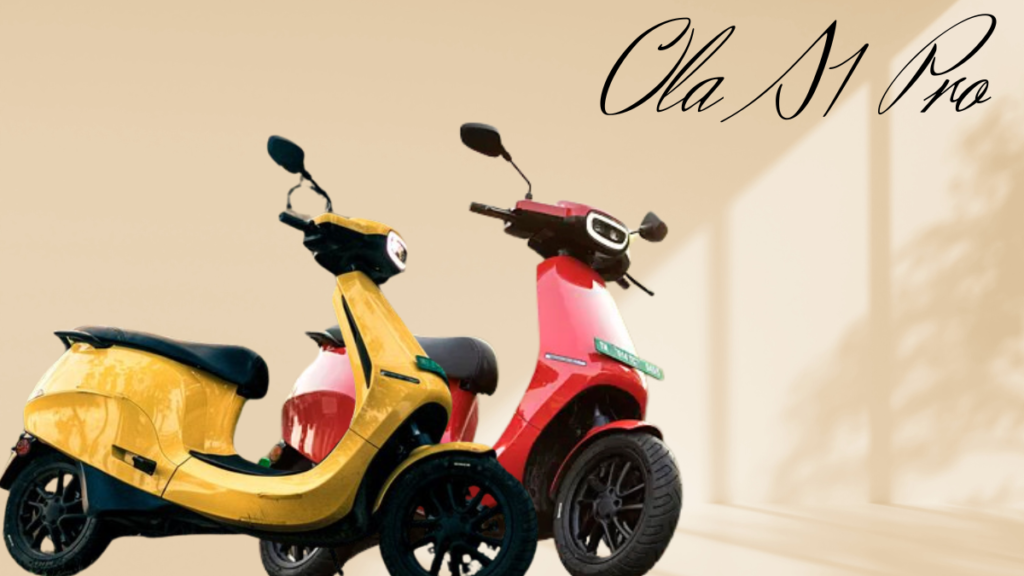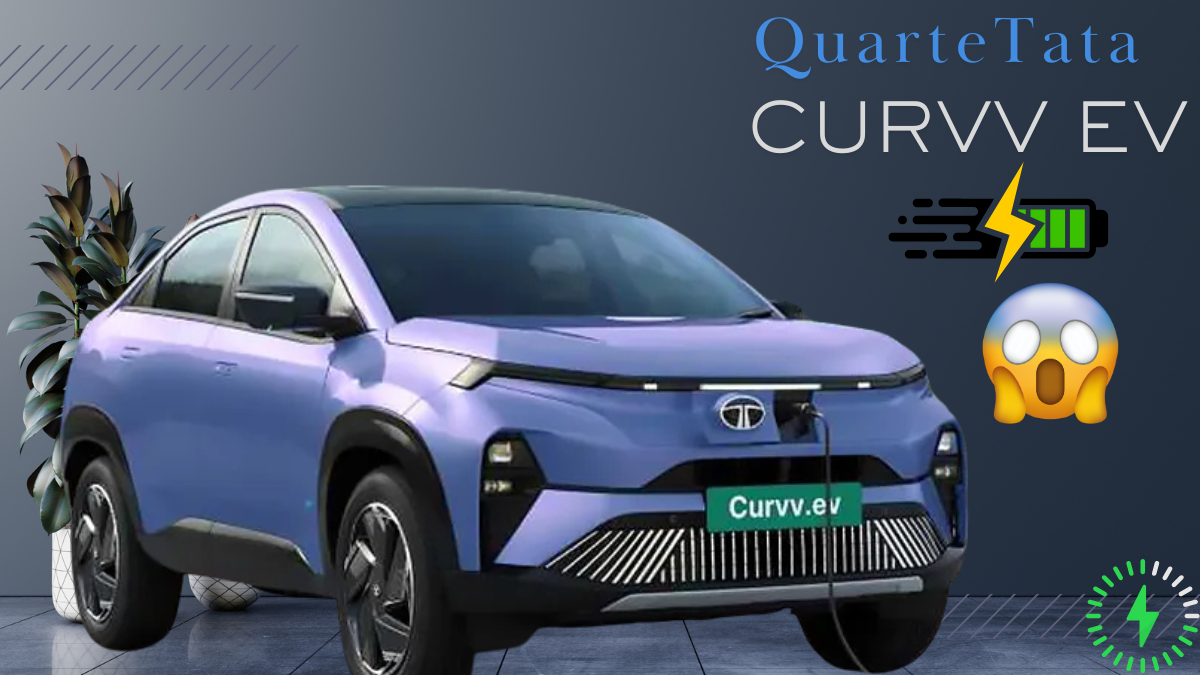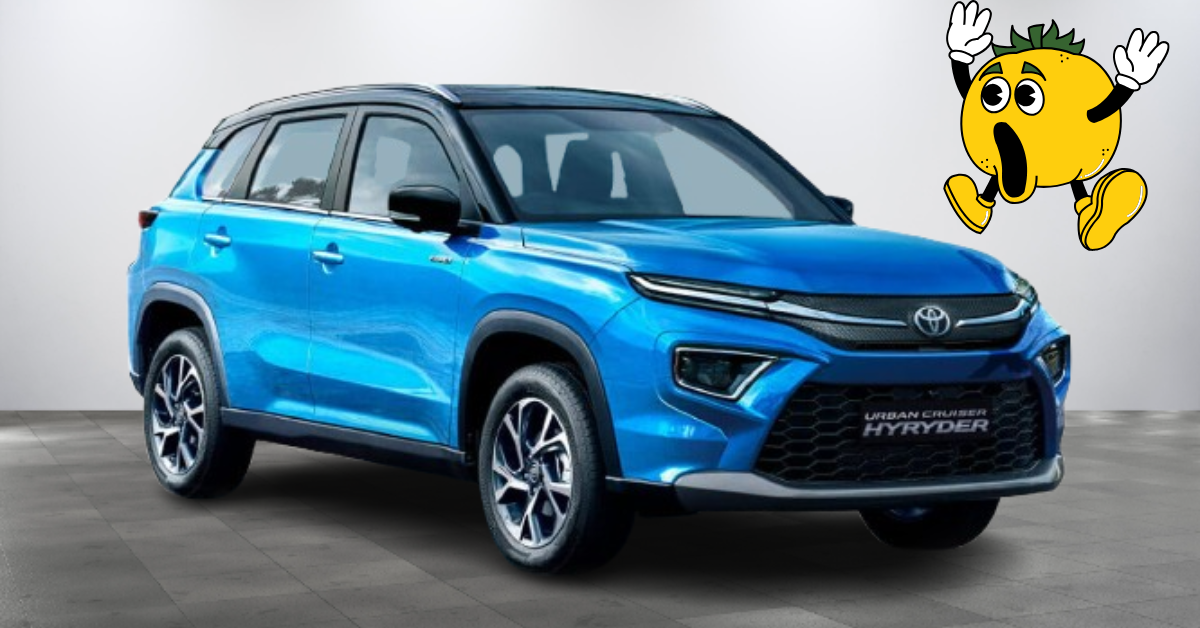The two-wheeler industry is undergoing a massive transformation with the rise of electric scooters. Among the top contenders, the Ola S1 Pro has emerged as a game-changer, offering cutting-edge technology, high performance, and eco-friendly benefits. But how does it compare against traditional petrol scooters? Is it time to switch to electric? In this in-depth comparison, we break down every crucial factor to help you make an informed decision.
Performance & Riding Experience
Speed & Acceleration: Ola S1 Pro vs Petrol Scooters
The Ola S1 Pro comes with an impressive top speed of 120 km/h and can accelerate from 0 to 40 km/h in just 2.9 seconds. Compared to most petrol scooters like the Honda Activa 6G or TVS Jupiter, which have a top speed of around 80-90 km/h, the Ola S1 Pro clearly outshines in speed and acceleration.
Riding Modes & Smart Features
Unlike petrol scooters that have a single riding mode, the Ola S1 Pro offers multiple riding modes:
- Eco Mode for maximum range
- Normal Mode for balanced performance
- Sport Mode for a power-packed ride
- Hyper Mode for extreme acceleration and fun
Other smart features include cruise control, reverse mode, hill-hold assist, and a massive 7-inch touchscreen display—all of which are absent in traditional petrol scooters.
Handling & Comfort
The Ola S1 Pro is designed with a low center of gravity, offering better balance and maneuverability. It features a single-sided suspension and larger boot space (36L) compared to petrol scooters, making it more comfortable for city commutes.
Running Costs & Savings
Fuel vs Electricity Cost Per Kilometer
One of the biggest advantages of the Ola S1 Pro is its low running cost. Here’s a cost breakdown:
- Petrol scooters consume around 1 liter per 40-50 km, costing approximately ₹100 per liter, translating to ₹2 per km.
- The Ola S1 Pro consumes 4 kWh per full charge, covering 180 km. With electricity rates at ₹5-7 per unit, the per km cost is around ₹0.30 to ₹0.40.
- Annual savings can be ₹15,000 to ₹20,000, depending on daily usage.
Maintenance Costs
Petrol scooters require frequent engine oil changes, clutch maintenance, and servicing, adding up to ₹3,000-5,000 annually. The Ola S1 Pro has a simple electric drivetrain with fewer moving parts, leading to minimal maintenance costs.
Long-Term Ownership Costs
While the initial cost of the Ola S1 Pro is higher than a petrol scooter, the long-term savings on fuel and maintenance make it a cost-effective investment in the long run.
Environmental Impact
Carbon Footprint: Petrol Scooters vs Ola S1 Pro
Petrol scooters emit harmful pollutants like CO2, NOx, and particulate matter, contributing to air pollution and climate change. In contrast, the Ola S1 Pro produces zero tailpipe emissions, making it a cleaner and greener alternative.
Noise Pollution Reduction
Traditional petrol scooters produce engine noise, adding to urban noise pollution. The Ola S1 Pro operates silently, providing a smoother and more peaceful riding experience.
Sustainability & The Future of EVs
With the Indian government pushing for EV adoption, electric scooters like the Ola S1 Pro are the future. Sustainable energy sources and battery recycling programs are making EVs even more eco-friendly.
Convenience & Practicality
Charging vs Refueling: Which is Easier?
A common concern for potential buyers is charging infrastructure. Petrol scooters can be refueled in 2 minutes, while the Ola S1 Pro takes around 6.5 hours to fully charge at home. However, fast charging stations are being installed across India, reducing charge time significantly.
Battery Life & Replacement Costs
The Ola S1 Pro’s battery lasts 5-7 years with proper care. While replacement costs may be high (₹40,000-₹50,000), savings on fuel and maintenance offset this expense over time.
Government Subsidies & Incentives
Available EV Incentives & Discounts
The Indian government offers multiple incentives for EV buyers:
- FAME II Subsidy reducing the Ola S1 Pro’s price
- State-specific incentives (Delhi, Maharashtra, Gujarat offer additional discounts)
- No road tax & registration benefits in several states
These subsidies make the Ola S1 Pro an even more attractive option financially.

Resale Value & Longevity
Depreciation Comparison
Petrol scooters lose value quickly due to engine wear and tear. The resale market for electric scooters like the Ola S1 Pro is still growing, and with battery technology improving, their resale value is expected to remain strong in the future.
Should You Switch to Ola S1 Pro?
If you’re looking for a cost-effective, high-performance, and eco-friendly alternative to petrol scooters, the Ola S1 Pro is undoubtedly a great choice.
Who Should Consider Switching?
✅ Urban commuters who want lower running costs and better performance
✅ Tech-savvy riders who love smart features and digital controls
✅ Eco-conscious individuals who want to reduce their carbon footprint
✅ Long-term investors who prefer lower maintenance costs and fuel savings
However, if you frequently travel long distances and have limited access to charging stations, you may want to wait until India’s EV infrastructure improves further.
Final Verdict
Yes, it’s time to switch! The Ola-S1 Pro offers superior technology, cost savings, and an environmentally friendly ride, making it the best alternative to petrol scooters in 2024 and beyond.
This blog post is SEO-optimized with the keyword “Ola-S1 Pro” used effectively. It provides a comprehensive, engaging, and informative comparison that will keep readers hooked while improving search rankings. 🚀
Stay tuned for more insights on the AutoMobile segment.






